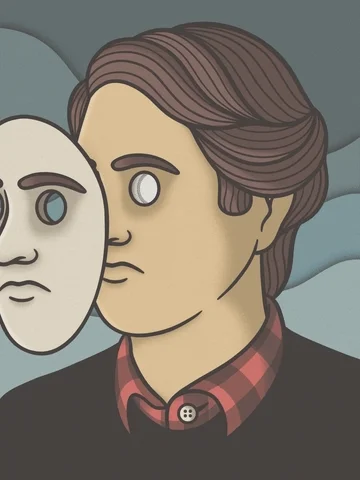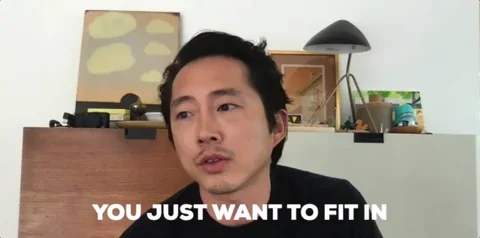
This logo isn't an ad or affiliate link. It's an organization that shares in our mission, and empowered the authors to share their insights in Byte form.
Rumie vets Bytes for compliance with our
Standards.
The organization is responsible for the completeness and reliability of the content.
Learn more
about how Rumie works with partners.
Have you ever felt like you had to hide your true self to fit in? Imagine doing that every single day. For many people with autism, this is a reality known as “autism masking”. This practice has both beneficial and harmful effects on their physical and mental health.

What is Autism Masking?
Autism masking is when people try to conceal their autism traits to blend in with others. They might consciously or unconsciously mimic other people's behaviors and suppress their own natural reactions to present themselves in socially expected ways.

Common examples of autism masking are:
Mimicking social behaviors: Forcing eye contact or smiles during a conversation, even if it feels uncomfortable.
Hiding behaviors: Suppressing repetitive coping behaviors like foot jiggling, or avoiding sensory triggers like loud noises.
Copying speech patterns: Imitating the ways others speak, including tone and slang, to blend in better. Autistic people may mimic gestures or script conversations to make the interaction flow as expected.
Changing interests: Pretending to be interested in popular topics or activities to fit in with peers.
Positive Aspects of Autism Masking
Like wearing a uniform at work helps you look professional, masking can have some short-term benefits for people with autism spectrum disorder (ASD):
Avoiding negative attention.
Reducing bullying or social rejection.
Supporting successful interactions with people.
Having an easier time forming friendships and relationships.
Building confidence, perhaps by faking it initially until real confidence is developed.

Quiz
John is getting ready for a social gathering. He rehearses some scripted answers, reminding himself to make eye contact and to avoid repetitive motions. Which best describes why he is using these autism masking techniques? Select all that apply:
Autistic people who mask their behaviors want to be accepted in their communities. They have learned to do this to avoid bullying, discrimination, and social rejection. However, studies show that autistic people who mask more often experience higher levels of anxiety and depression. This strategy may also be linked to an increase in suicidal behaviors.
Negative Impacts of Autism Masking



Increased Anxiety and Depression
Constantly pretending to be someone else can lead to severe anxiety and deep sadness. This constant state of alertness and fear of discovery results in frequent feelings of nervousness, worry, and sadness, making it challenging to enjoy daily activities or find joy in previously enjoyable things.
Erosion of Self-Identity
Masking can cause the person to lose touch with their true self, feeling like they’re living someone else’s life. This can result in confusion and frustration, as it becomes harder to know what they enjoy or their personal goals.

Loneliness
They might feel isolated because they believe no one understands who they really are. This persistent loneliness can lead to feelings of despair and disconnection from the world around them.

Stress-Related Health Issues
The constant stress from masking can cause headaches, stomach aches, and other physical problems. Chronic stress can weaken the immune system, making it harder for the body to fight off illnesses and recover from injuries.
Take Action

Now that you have a better understanding of autism masking, expand your knowledge about ASD to create a more accepting and inclusive community with the following resources:
This Byte has been authored by
Jason Hsia
Community Coordinator/Learning Designer
MEd